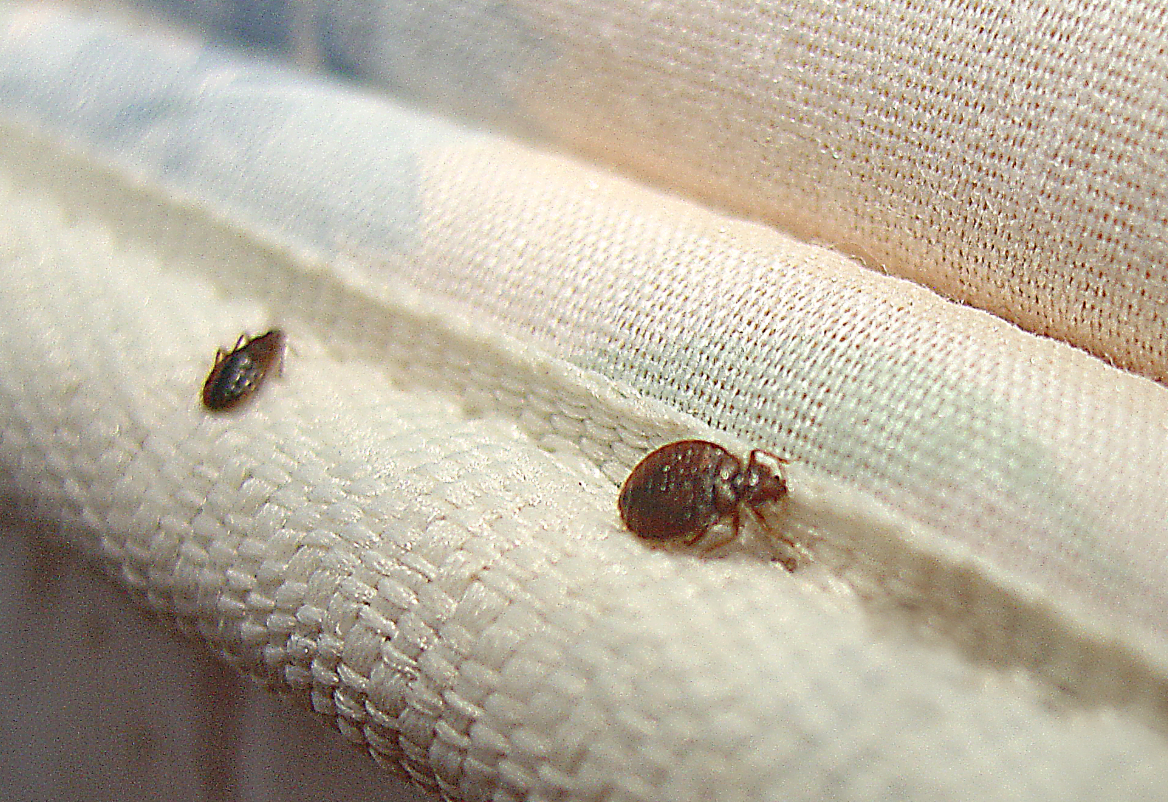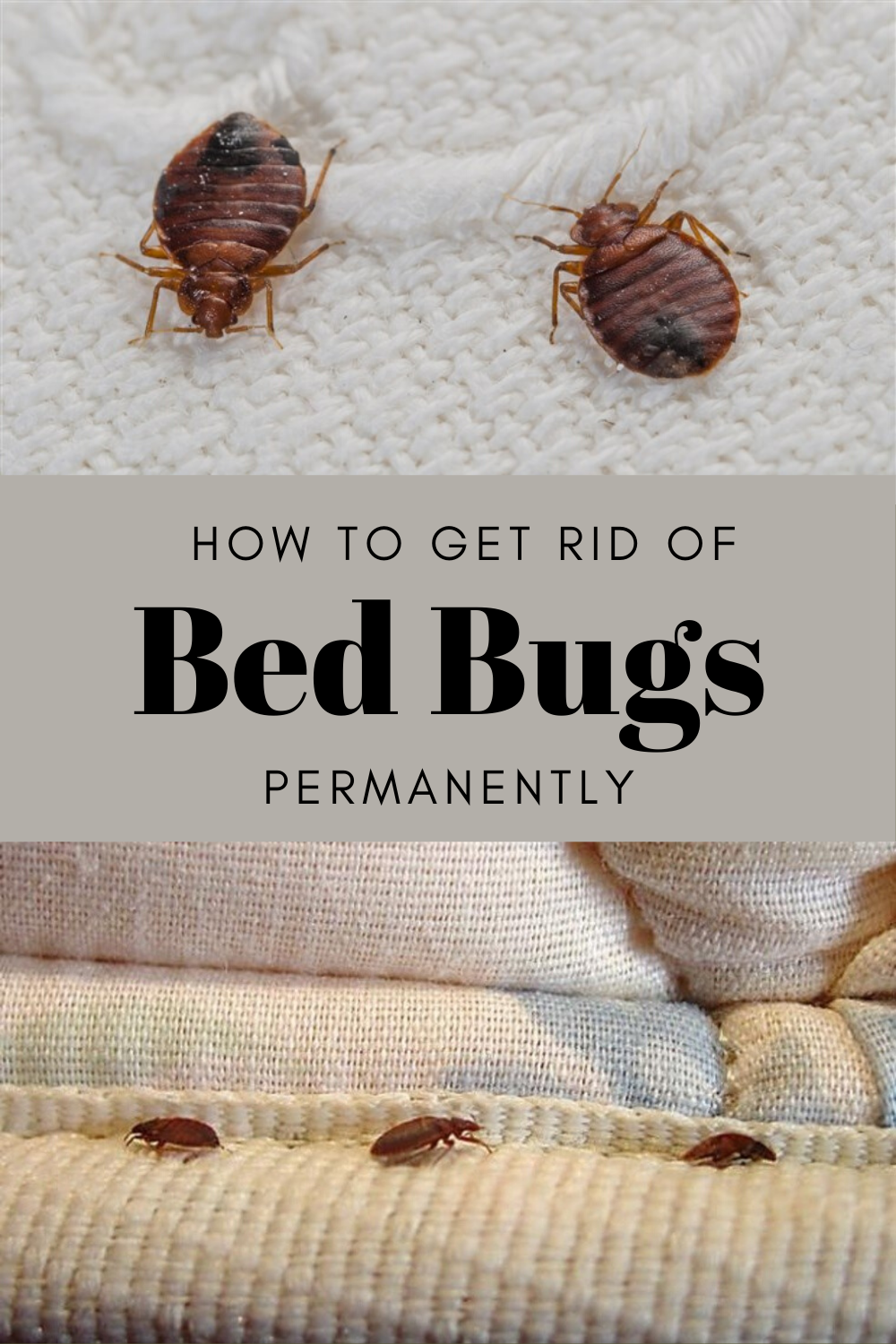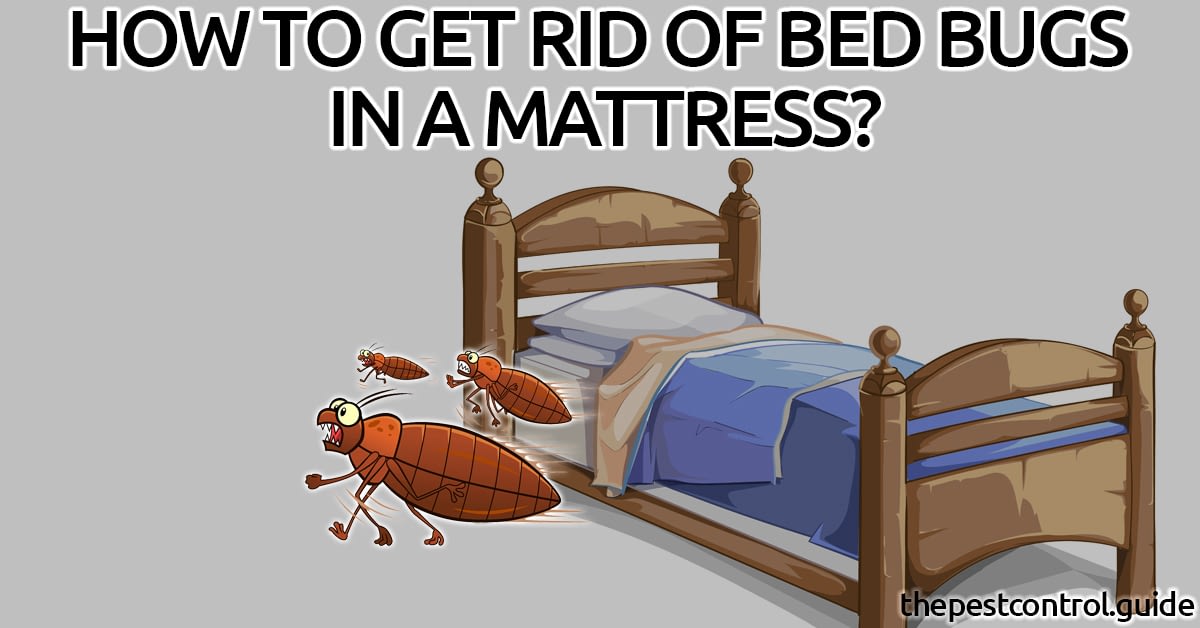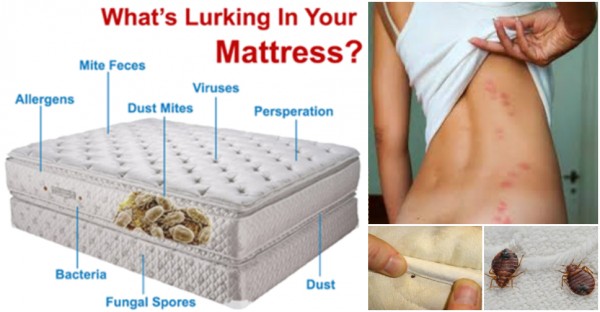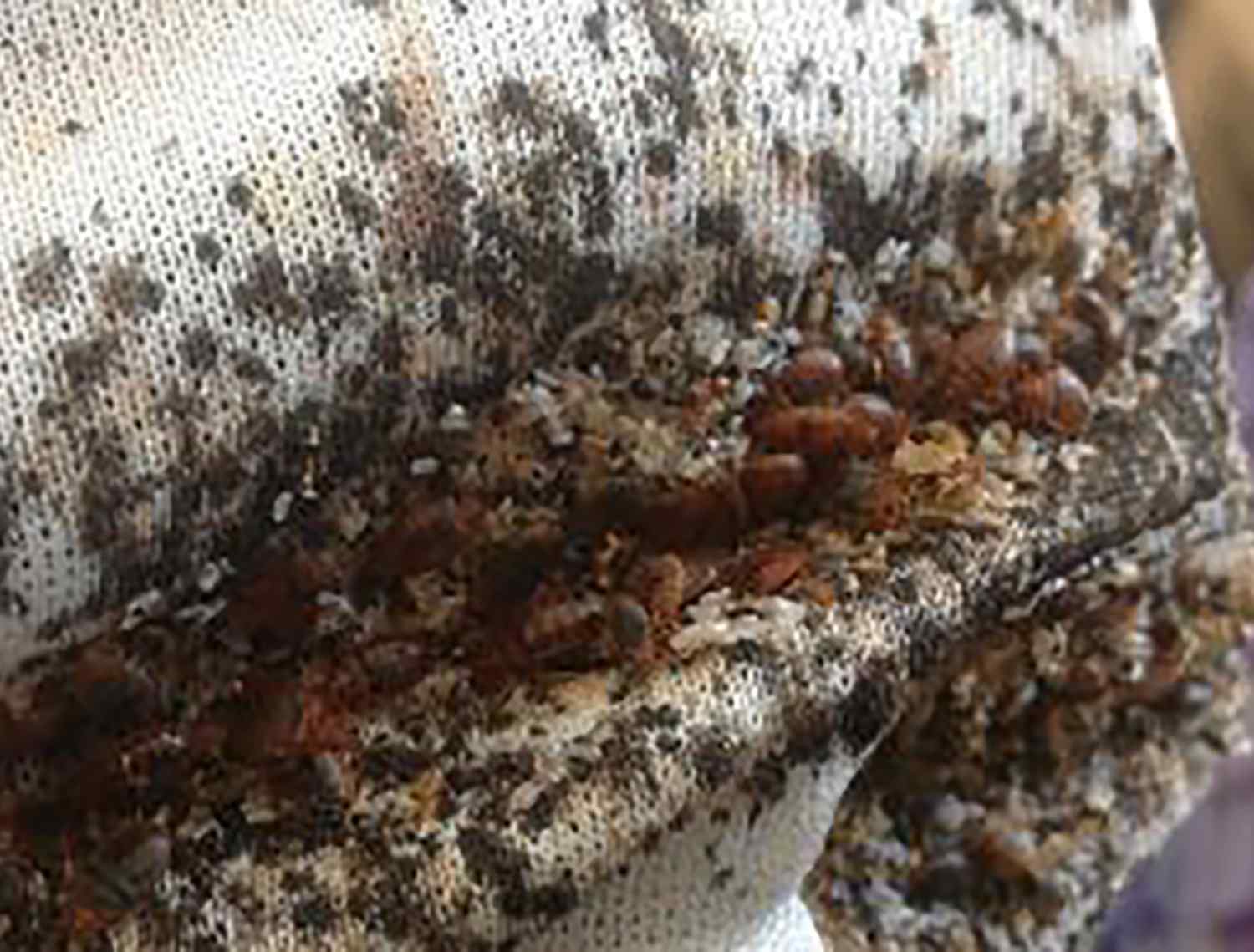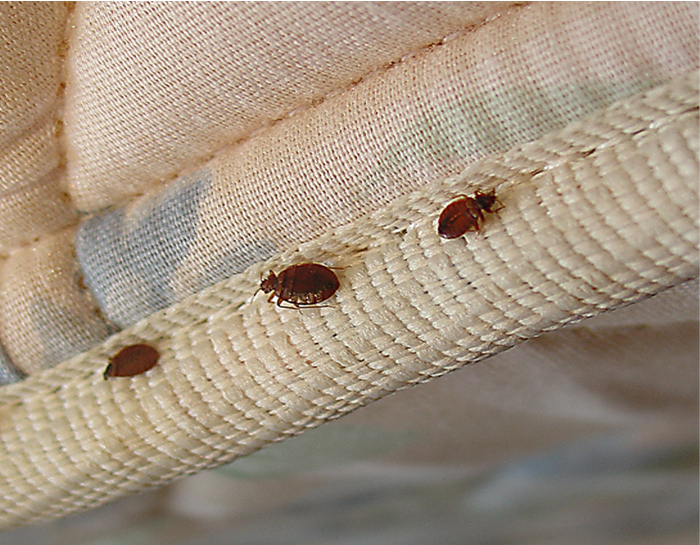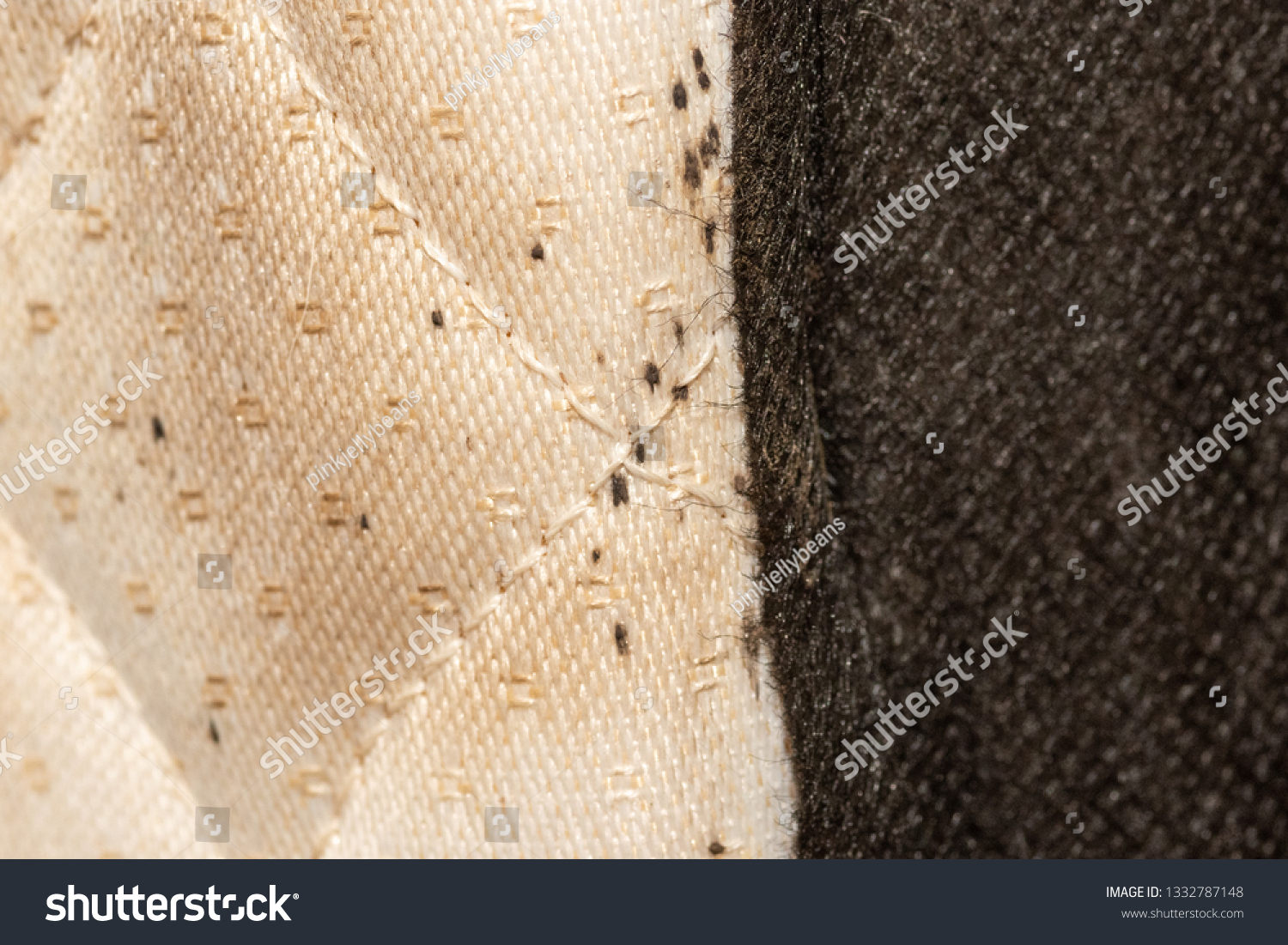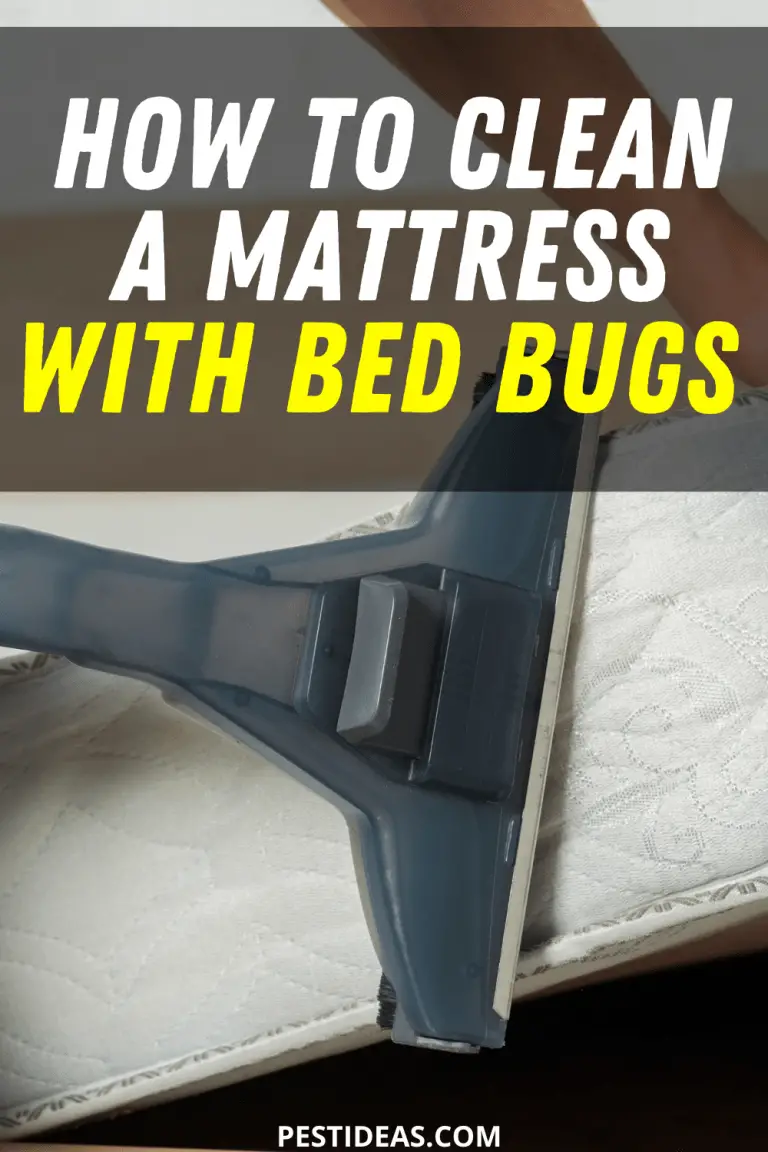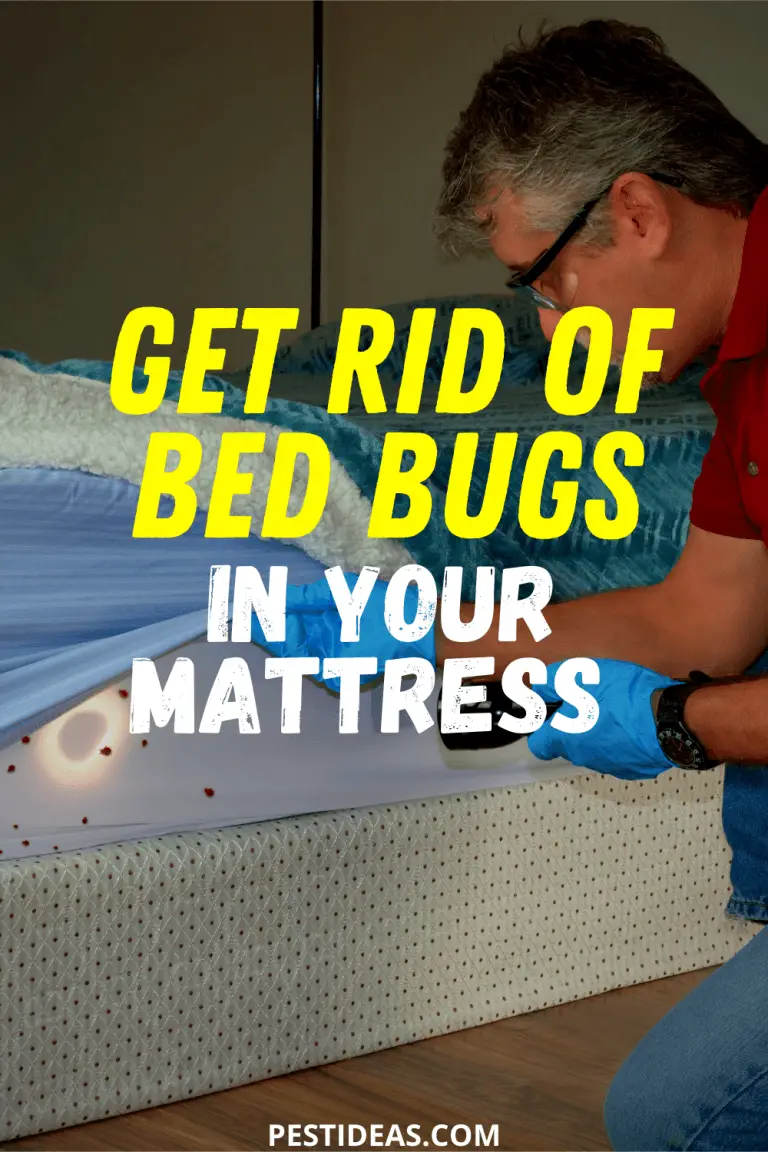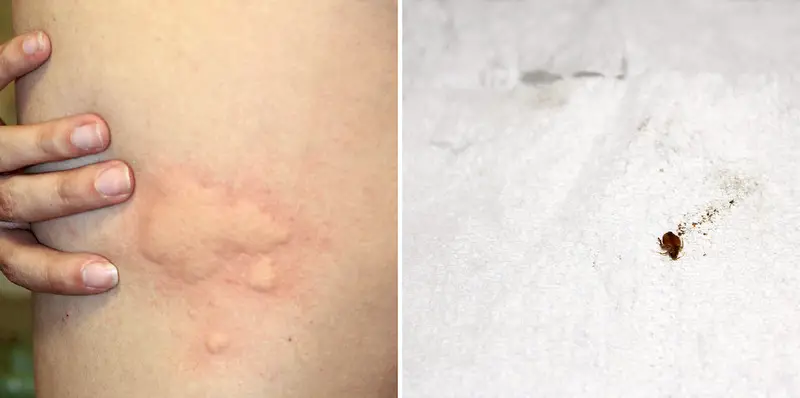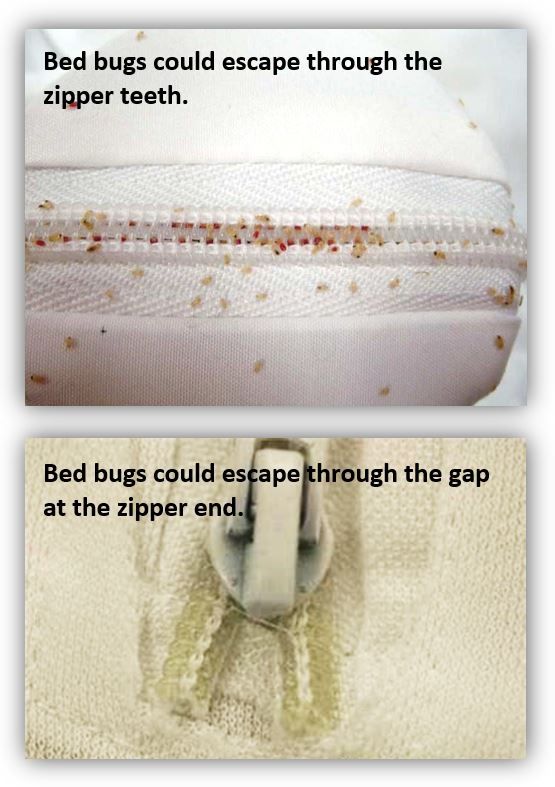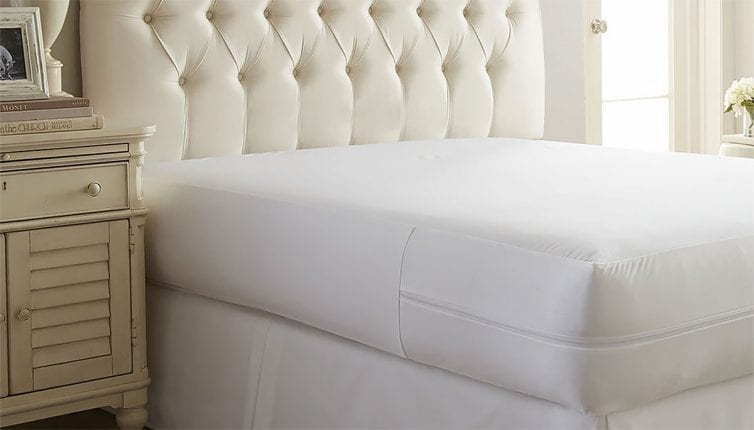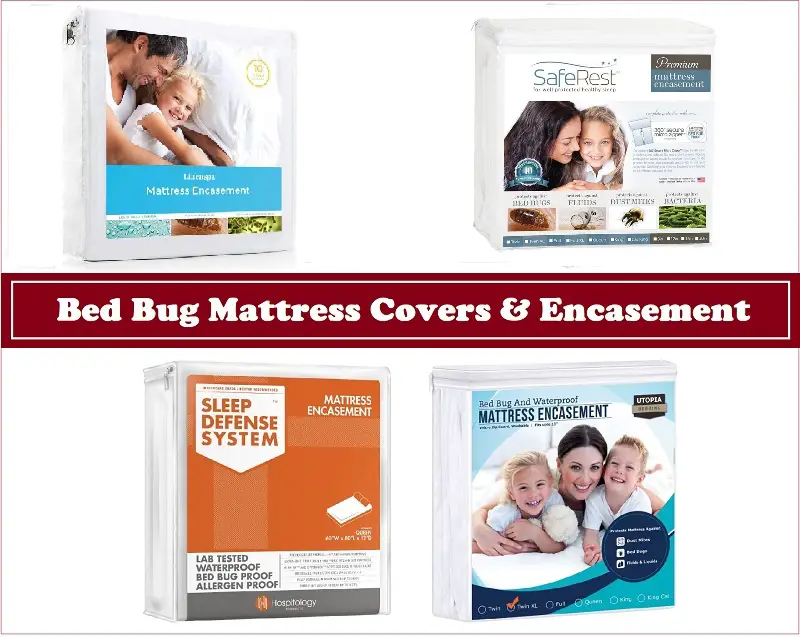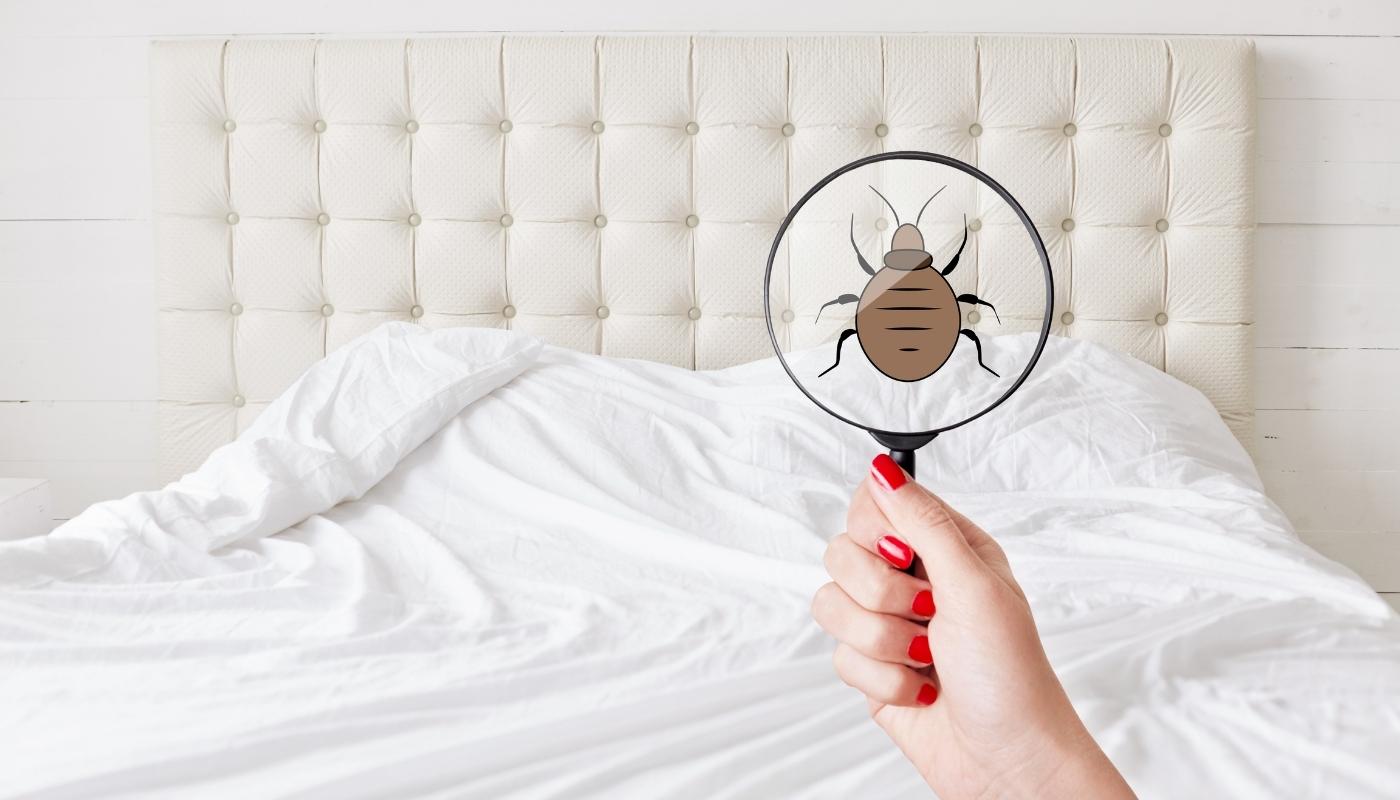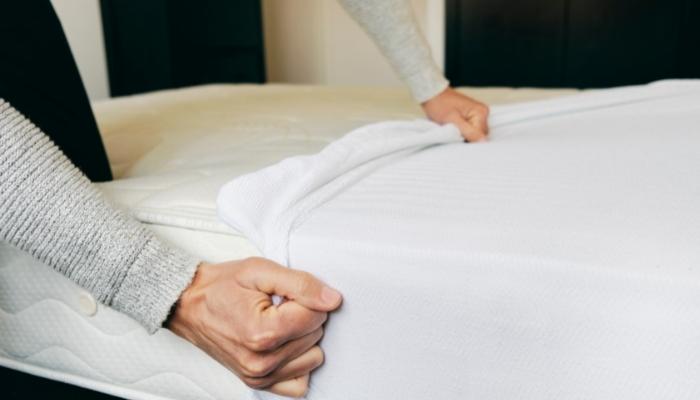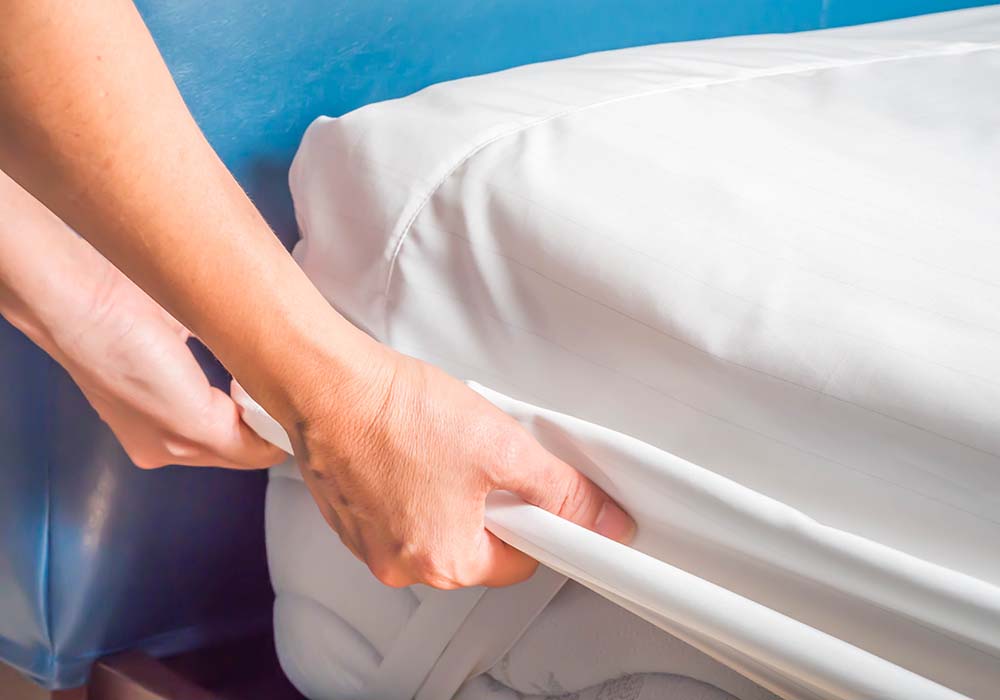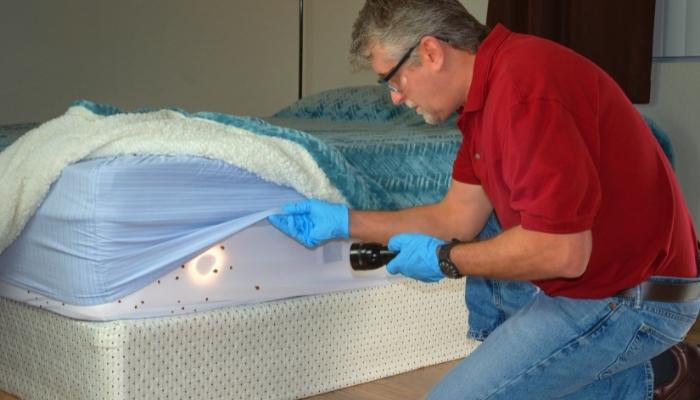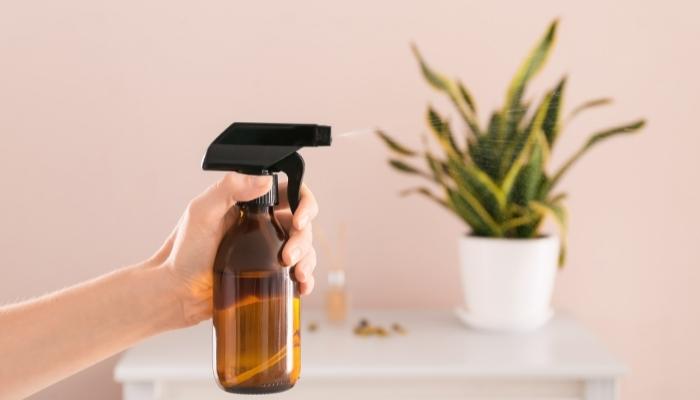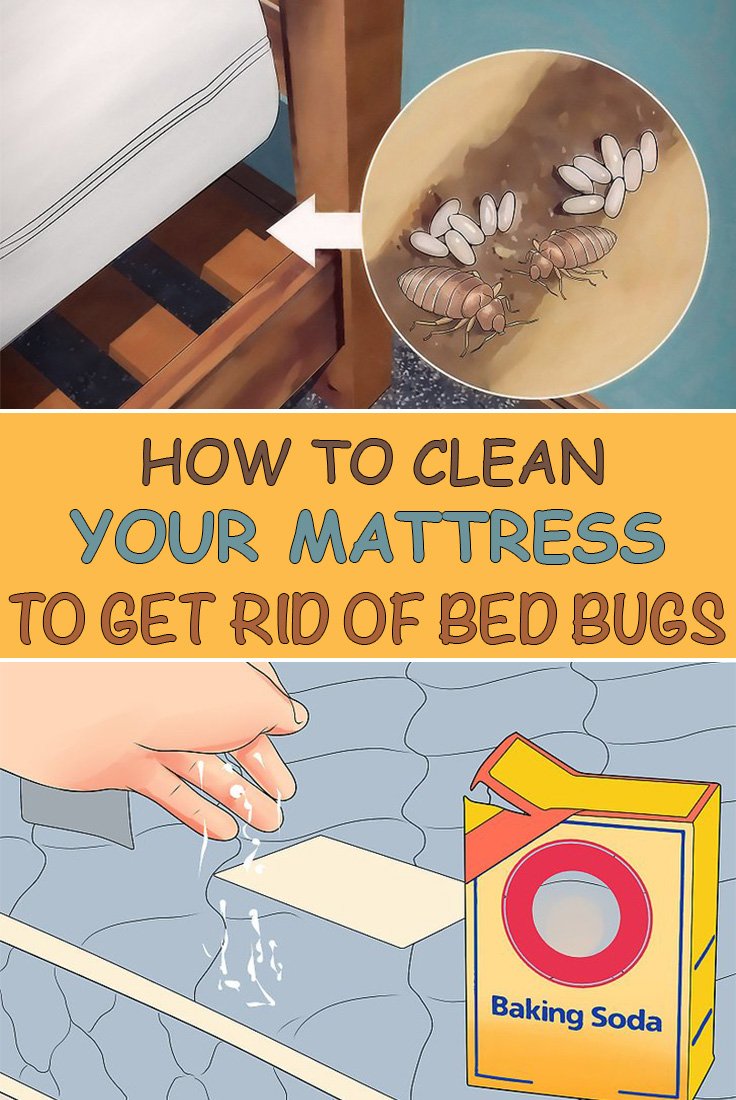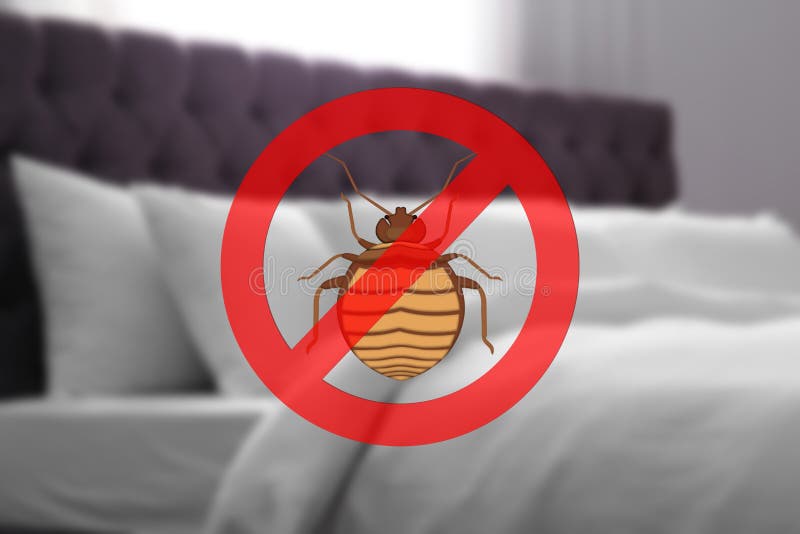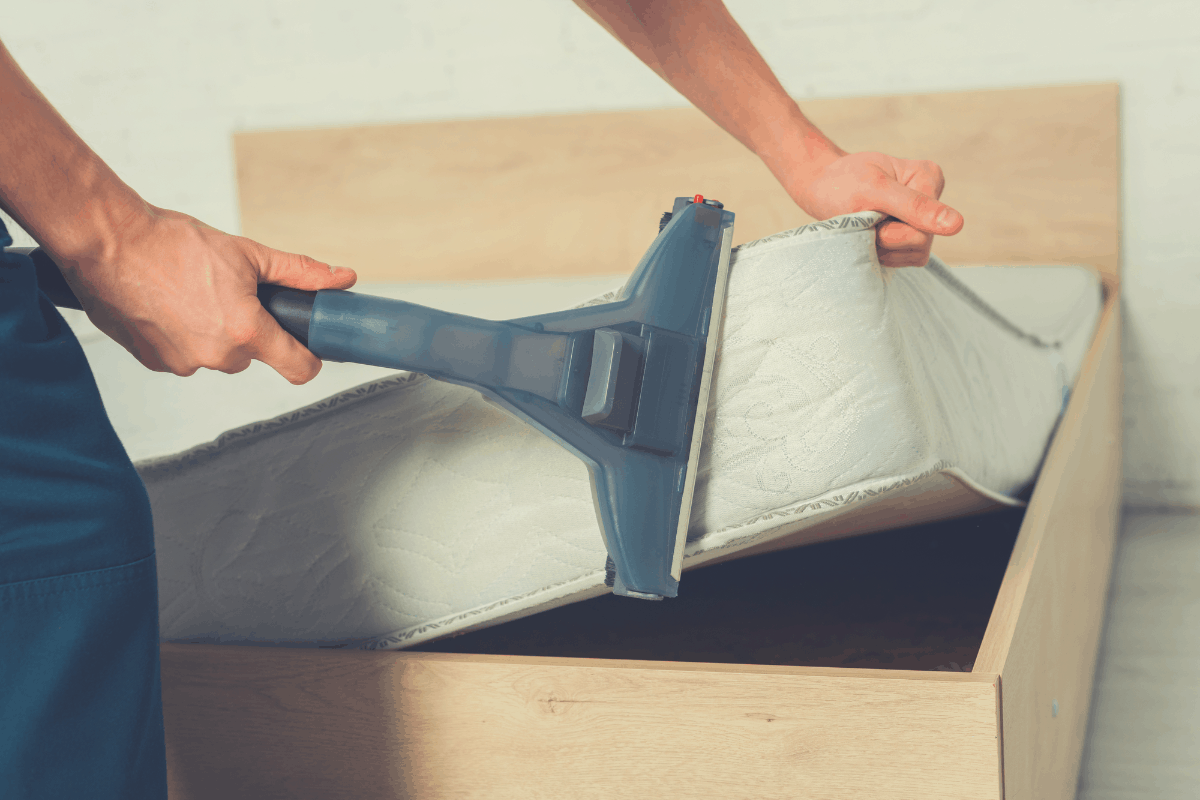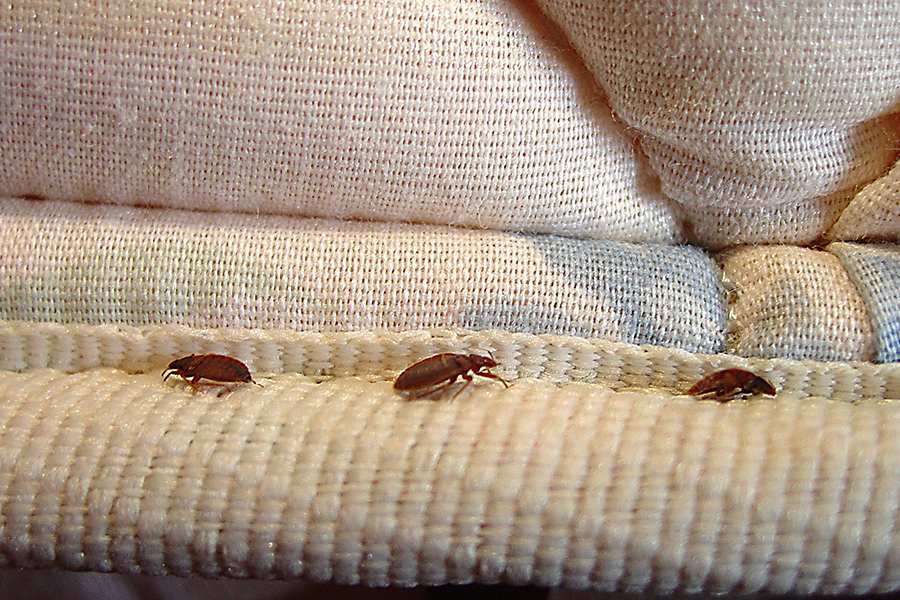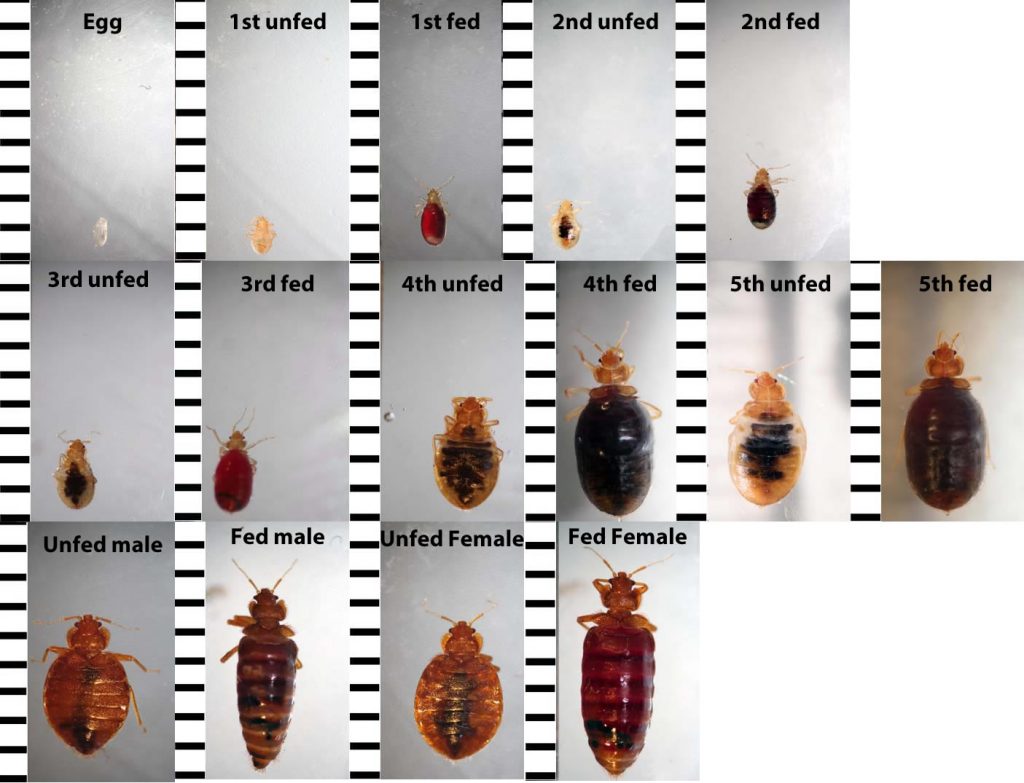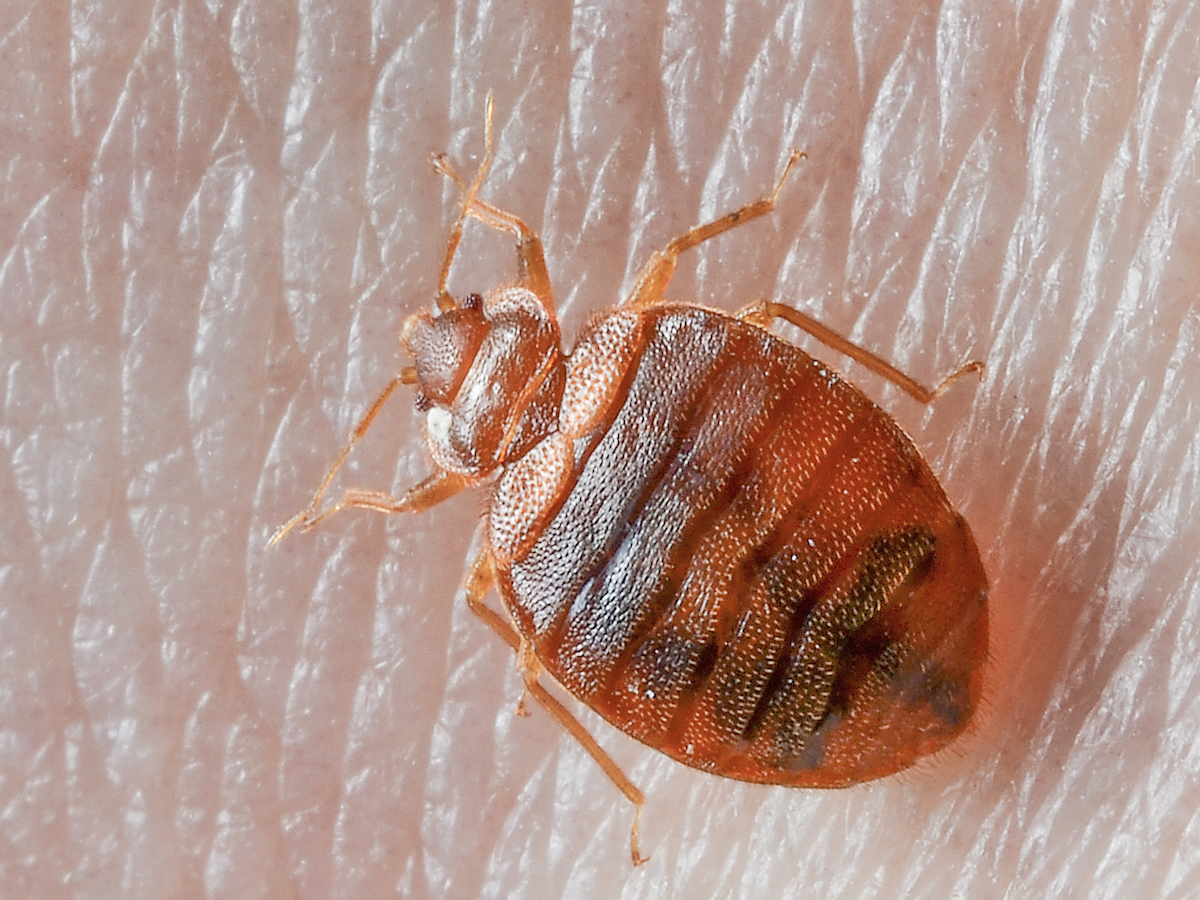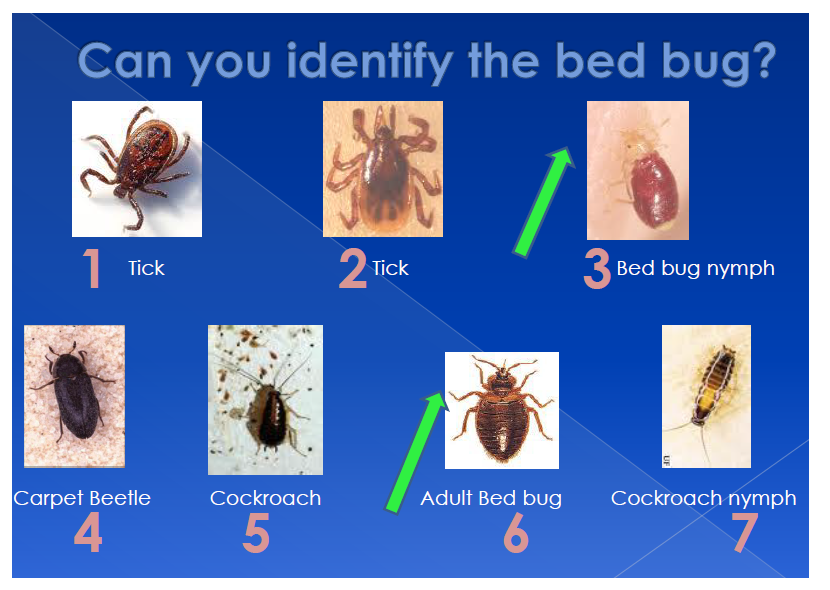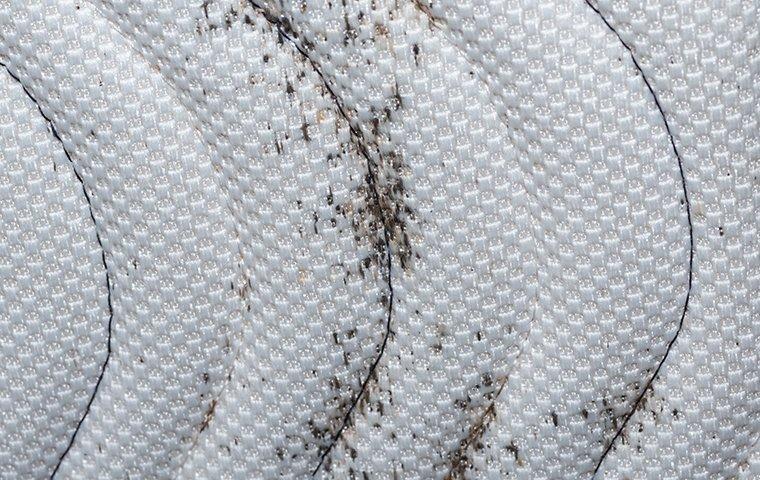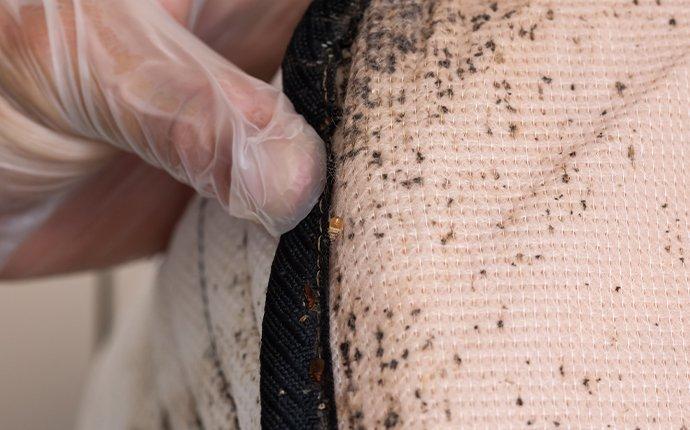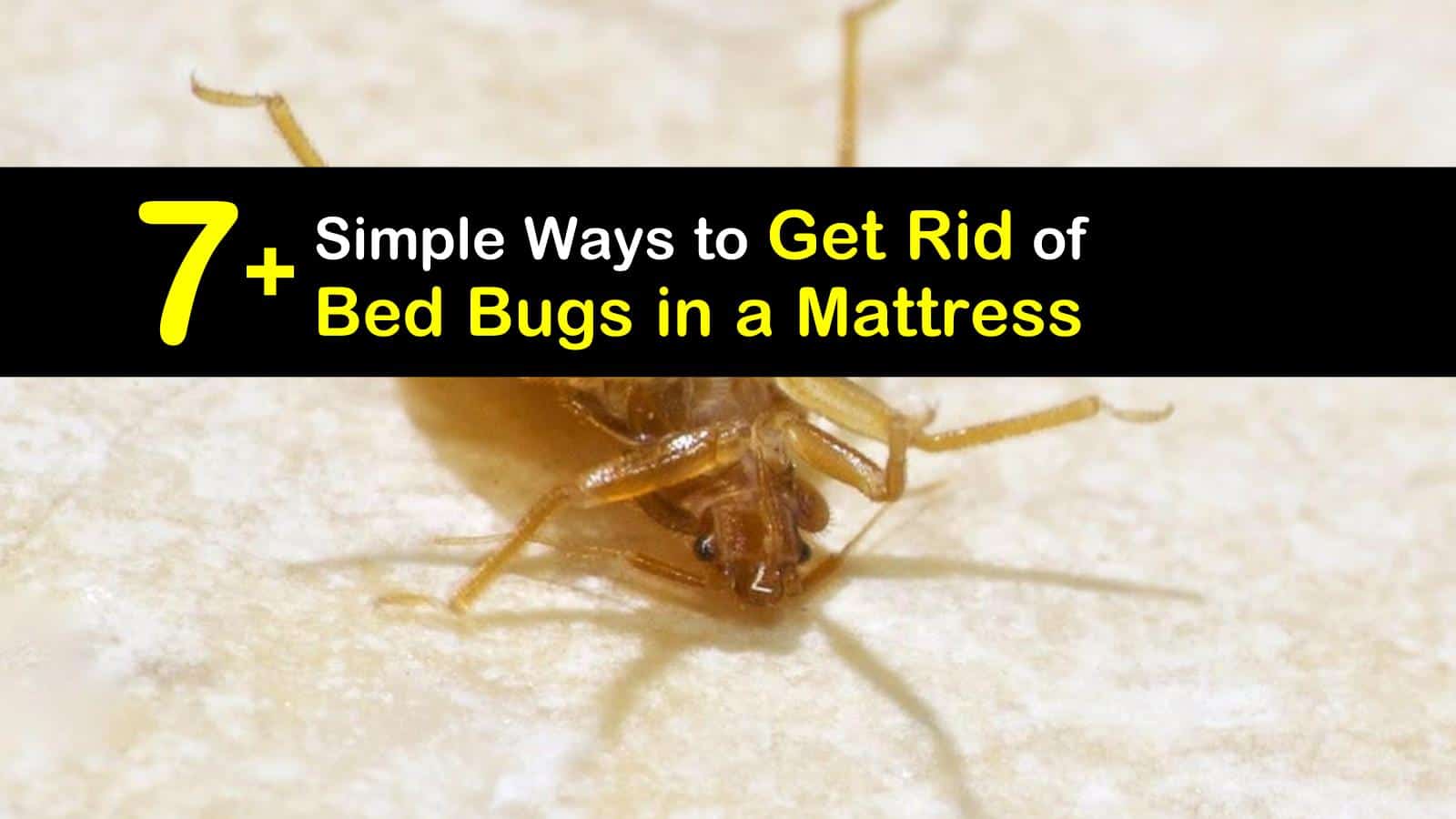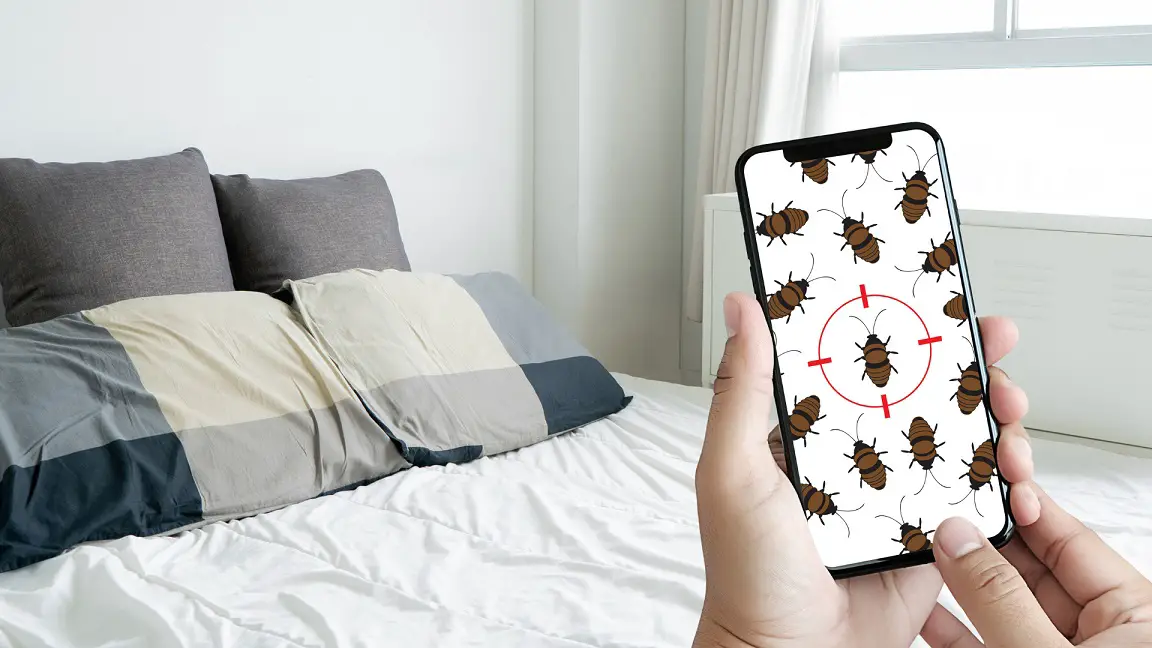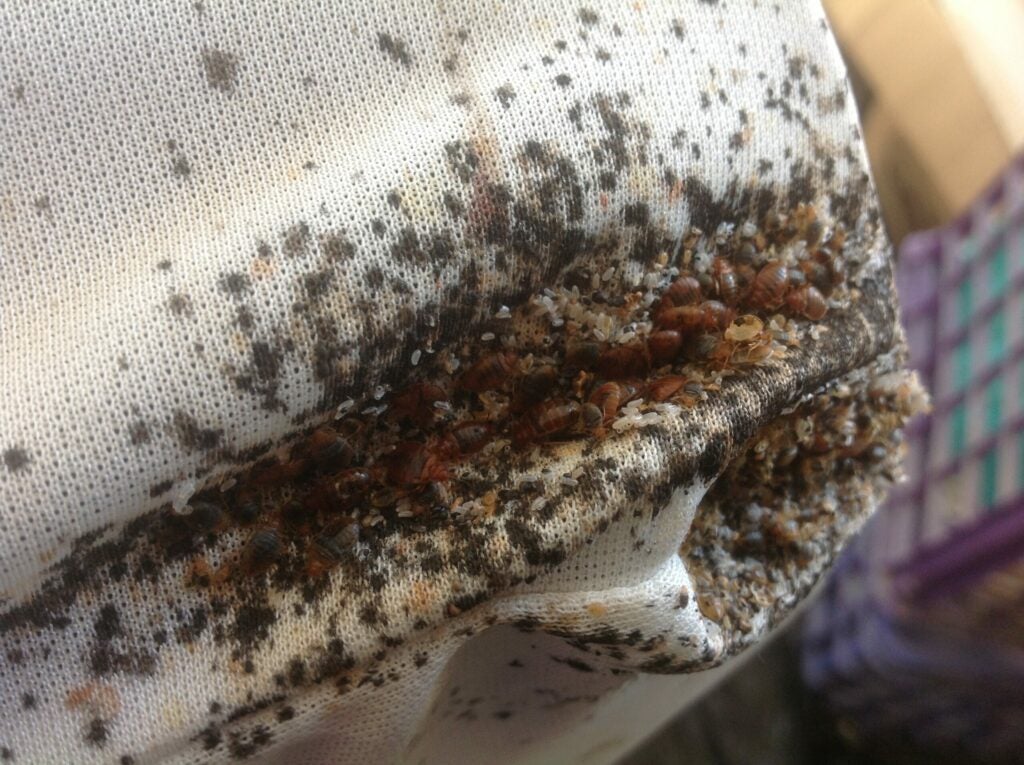If you suspect that your mattress may have bed bugs, it's important to act quickly to prevent an infestation from spreading. Here are some steps to help you check for bed bugs in your mattress: 1. Look for Physical Signs The first step in checking for bed bugs is to visually inspect your mattress for any physical signs. Look for small, reddish-brown bugs or tiny white eggs in the seams, crevices, and folds of your mattress. You may also see small dark spots, which are bed bug droppings. 2. Use a Flashlight Bed bugs are nocturnal creatures, so they are most active at night. To increase your chances of finding them, use a flashlight while inspecting your mattress. This will make it easier to spot the bugs or their eggs. 3. Check the Surrounding Areas Bed bugs are not only found in mattresses, but they can also hide in nearby furniture, curtains, and carpets. Make sure to thoroughly check these areas as well to ensure that the infestation is contained. 4. Use a Bed Bug Detector If you want to be extra thorough, you can invest in a bed bug detector. These tools use heat and CO2 to lure bed bugs out of hiding, making it easier for you to detect their presence. 5. Look for Bite Marks Bed bugs feed on human blood, and their bites can leave red, itchy marks on your skin. If you wake up with unexplained bites, it could be a sign that your mattress has bed bugs.How to Check for Bed Bugs in a Mattress
If you've found bed bugs in your mattress, don't panic. There are several steps you can take to get rid of them and prevent them from coming back: 1. Wash and Dry Your Bedding The first thing you should do is remove all bedding, including sheets, pillowcases, and comforters, and wash them in hot water. Then, dry them on the highest heat setting for at least 30 minutes. This will kill any bed bugs or eggs that may be hiding in your bedding. 2. Vacuum Your Mattress Use a vacuum with a HEPA filter to thoroughly clean your mattress. Pay extra attention to seams, crevices, and folds where bed bugs may be hiding. After vacuuming, make sure to dispose of the vacuum bag or empty the canister outside to prevent bed bugs from spreading. 3. Use a Steam Cleaner Steam cleaning is an effective way to kill bed bugs and their eggs. Use a steam cleaner on your mattress, paying special attention to the seams and crevices. Just be sure to follow the manufacturer's instructions and use caution to avoid burning yourself. 4. Cover Your Mattress Investing in a bed bug-proof mattress cover is a great way to prevent bed bugs from infesting your mattress in the future. These covers are made of a material that is impenetrable to bed bugs, keeping them trapped inside and preventing them from biting you while you sleep. 5. Call a Professional If your infestation is severe or if you're having trouble getting rid of bed bugs on your own, it's best to call a professional pest control company. They have the expertise and equipment to effectively eliminate bed bugs from your mattress and home.How to Get Rid of Bed Bugs in a Mattress
If you're not sure whether your mattress has bed bugs or not, here are some common signs to look out for: 1. Unexplained Bites As mentioned earlier, bed bug bites can leave red, itchy marks on your skin. These bites are usually in a straight line or clustered together, and they may become more prominent over time. 2. Blood Stains If you see small blood stains on your bedding, it could be a sign of bed bug activity. As they feed on your blood, bed bugs can leave behind small droplets of blood on your sheets or mattress. 3. Fecal Spots Bed bugs also leave behind fecal spots, which look like small dark stains on your mattress. These spots may be concentrated in one area or spread out throughout the mattress. 4. Musty Odor If your mattress has a musty, sweet odor, it could be a sign of a bed bug infestation. This smell is caused by bed bug pheromones, which are used to attract other bed bugs to the area. 5. Visible Bugs or Eggs Lastly, if you see any small, reddish-brown bugs or tiny white eggs on your mattress, it's a clear sign that you have bed bugs.Signs of Bed Bugs in a Mattress
If you've found bed bugs in your mattress, here are some treatment options you can try: 1. Heat Treatment Bed bugs cannot survive in high temperatures, so using heat is an effective way to kill them. You can use a clothes dryer on high heat to treat smaller items, or hire a professional to use specialized equipment to heat treat your entire mattress. 2. Cold Treatment Just like heat, extreme cold can also kill bed bugs. If you live in a cold climate, you can place your mattress outside in freezing temperatures for a few days to kill any bed bugs. Just be sure to wrap it in plastic to prevent it from getting wet. 3. Chemical Treatment If you choose to use a chemical treatment on your mattress, make sure to use an EPA-approved product that is safe for use on mattresses. Follow the instructions carefully and avoid contact with the product until the mattress is completely dry. 4. Professional Treatment If you're not confident in your ability to effectively treat your mattress for bed bugs, it's best to hire a professional pest control company. They have the knowledge and experience to safely and effectively eliminate bed bugs from your mattress.How to Treat a Mattress for Bed Bugs
Investing in a bed bug-proof mattress cover is an essential step in preventing bed bugs from infesting your mattress. Here are some of the best options on the market: 1. SafeRest Premium Zippered Mattress Encasement This mattress cover is made of a breathable, hypoallergenic fabric that is impenetrable to bed bugs. It also has a secure zipper closure and is waterproof, making it easy to clean. 2. Linenspa Zippered Encasement This cover is made of a soft, quiet fabric that is also bed bug-proof. It has a zippered closure and can fit mattresses up to 12 inches deep. 3. Utopia Bedding Zippered Mattress Encasement This cover is made of a stretchable, breathable fabric that is also waterproof and bed bug-proof. It has a secure zipper closure and can fit mattresses up to 15 inches deep. 4. PlushDeluxe Zippered Mattress Encasement This cover is made of a soft, noiseless fabric that is also bed bug-proof. It has a secure zipper closure and can fit mattresses up to 12 inches deep. 5. AllerEase Ultimate Zippered Mattress Protector This cover is made of a comfortable, breathable fabric that is also bed bug-proof. It has a secure zipper closure and can fit mattresses up to 17 inches deep.Best Mattress Covers for Bed Bug Protection
To prevent bed bugs from infesting your mattress, here are some steps you can take: 1. Regularly Inspect Your Mattress Make it a habit to regularly inspect your mattress for any signs of bed bugs. This will help you catch an infestation early on and prevent it from spreading. 2. Wash and Dry Bedding on High Heat Washing and drying your bedding on high heat is an effective way to kill any bed bugs or eggs that may be present. Make sure to do this at least once a week to keep your bedding clean and bed bug-free. 3. Use a Mattress Cover As mentioned earlier, investing in a bed bug-proof mattress cover is an excellent way to prevent bed bugs from infesting your mattress. Be sure to choose one that is specifically designed to be bed bug-proof. 4. Use Caution When Traveling Bed bugs can hitch a ride on your luggage or clothing when you travel, so it's essential to be cautious. Inspect your hotel room for any signs of bed bugs, and keep your luggage off the floor and bed to avoid picking up any unwanted guests. 5. Keep Your Bedroom Clean and Clutter-Free Bed bugs love to hide in clutter, so keeping your bedroom clean and clutter-free can help prevent an infestation. Regularly vacuum and dust your bedroom, and avoid leaving piles of clothes or other items on the floor.How to Prevent Bed Bugs in a Mattress
If your mattress has bed bugs, it's essential to clean it thoroughly to eliminate the infestation. Here are some steps you can follow: 1. Vacuum the Mattress Using a vacuum with a HEPA filter, thoroughly vacuum your mattress, paying special attention to seams, crevices, and folds. This will help remove any bed bugs, eggs, or droppings from the surface. 2. Use a Steam Cleaner Using a steam cleaner on your mattress can help kill any remaining bed bugs and their eggs. Just be sure to follow the manufacturer's instructions and use caution to avoid burning yourself. 3. Apply a Bed Bug Spray You can also use a bed bug spray on your mattress to kill any remaining bed bugs and their eggs. Make sure to use a product that is specifically designed for use on mattresses and follow the instructions carefully. 4. Let the Mattress Dry Completely After cleaning your mattress, make sure to let it dry completely before putting any bedding back on it. This will ensure that all bed bugs and their eggs have been eliminated. 5. Consider Professional Cleaning If the infestation is severe or if you're having trouble cleaning your mattress on your own, it's best to call a professional cleaning company. They have the expertise and equipment to effectively eliminate bed bugs from your mattress.How to Clean a Mattress with Bed Bugs
If you're not sure whether the bugs you're seeing on your mattress are bed bugs or not, here are some ways to identify them: 1. Size and Shape Adult bed bugs are about the size and shape of an apple seed, while their eggs are tiny and white. 2. Color Bed bugs are reddish-brown in color, but their color can vary depending on when they last fed on blood. 3. Movement Bed bugs are slow-moving and do not fly, but they can crawl quickly. 4. Bites If you're being bitten by bed bugs, you may see a line of red, itchy bites on your skin. 5. Physical Signs You may also see tiny white eggs or small dark spots, which are bed bug droppings, on your mattress.How to Identify Bed Bugs on a Mattress
If you have bed bugs in your mattress, here are some methods you can use to kill them: 1. Heat Treatment As mentioned earlier, bed bugs cannot survive in high temperatures, so using heat is an effective way to kill them. You can use a clothes dryer on high heat to treat smaller items, or hire a professional to use specialized equipment to heat treat your entire mattress. 2. Cold Treatment Extreme cold can also kill bed bugs. If you live in a cold climate, you can place your mattress outside in freezing temperatures for a few days to kill any bed bugs. Just be sure to wrap it in plastic to prevent it from getting wet. 3. Chemical Treatment If you choose to use a chemical treatment on your mattress, make sure to use an EPA-approved product that is safe for use on mattresses. Follow the instructions carefully and avoid contact with the product until the mattress is completely dry. 4. Professional TreatmentHow to Kill Bed Bugs in a Mattress
How to Deal with a Mattress Infested with Bed Bugs

A Comprehensive Guide to Getting Rid of Bed Bugs in Your Bed
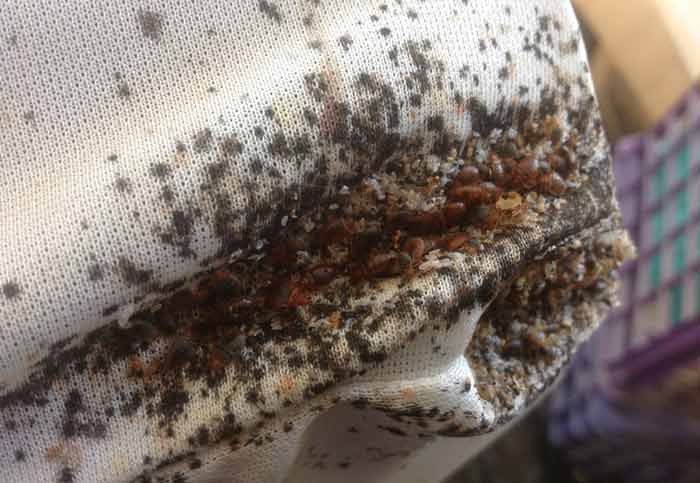 If you've ever experienced the nightmare of discovering bed bugs in your home, you know how difficult and frustrating it can be to get rid of them. And when they infest your mattress, it can feel like an impossible task. But don't panic, there are ways to effectively deal with a mattress that has bed bugs.
First and foremost, it's important to identify the signs of a bed bug infestation. These tiny, oval-shaped insects are about the size of an apple seed and are reddish-brown in color. They leave behind small, dark spots on your mattress, which are actually their droppings. If you notice these signs, it's likely that your mattress is infested with bed bugs.
The first step in dealing with a mattress that has bed bugs is to isolate it. This means removing all bedding and covers and placing them in sealed plastic bags. Then, move the mattress away from the wall and any other furniture. This will prevent the bed bugs from spreading to other areas of your home.
Next, you'll want to thoroughly vacuum your mattress and its surrounding areas. This will help to remove any bed bugs and their eggs. Be sure to use a vacuum with a HEPA filter to ensure that the bed bugs are trapped inside and don't escape back into your home.
After vacuuming, it's time to treat your mattress. There are several methods you can use, such as steam cleaning, insecticides, or natural remedies like diatomaceous earth. Whichever method you choose, be sure to follow the instructions carefully and cover all areas of your mattress, including the seams and edges.
Additionally, it's important to wash all bedding and covers in hot water and dry them on high heat. This will help to kill any bed bugs that may be hiding in your bedding.
Prevention is key when it comes to dealing with bed bugs in your mattress. Regularly inspect your mattress and bedding for signs of bed bugs, and take preventative measures such as using mattress encasements and keeping your bedroom clutter-free.
In conclusion, a mattress infested with bed bugs can be a major headache, but it's not impossible to get rid of them. By following these steps and taking preventative measures, you can effectively deal with a bed bug infestation in your mattress and enjoy a good night's sleep once again.
If you've ever experienced the nightmare of discovering bed bugs in your home, you know how difficult and frustrating it can be to get rid of them. And when they infest your mattress, it can feel like an impossible task. But don't panic, there are ways to effectively deal with a mattress that has bed bugs.
First and foremost, it's important to identify the signs of a bed bug infestation. These tiny, oval-shaped insects are about the size of an apple seed and are reddish-brown in color. They leave behind small, dark spots on your mattress, which are actually their droppings. If you notice these signs, it's likely that your mattress is infested with bed bugs.
The first step in dealing with a mattress that has bed bugs is to isolate it. This means removing all bedding and covers and placing them in sealed plastic bags. Then, move the mattress away from the wall and any other furniture. This will prevent the bed bugs from spreading to other areas of your home.
Next, you'll want to thoroughly vacuum your mattress and its surrounding areas. This will help to remove any bed bugs and their eggs. Be sure to use a vacuum with a HEPA filter to ensure that the bed bugs are trapped inside and don't escape back into your home.
After vacuuming, it's time to treat your mattress. There are several methods you can use, such as steam cleaning, insecticides, or natural remedies like diatomaceous earth. Whichever method you choose, be sure to follow the instructions carefully and cover all areas of your mattress, including the seams and edges.
Additionally, it's important to wash all bedding and covers in hot water and dry them on high heat. This will help to kill any bed bugs that may be hiding in your bedding.
Prevention is key when it comes to dealing with bed bugs in your mattress. Regularly inspect your mattress and bedding for signs of bed bugs, and take preventative measures such as using mattress encasements and keeping your bedroom clutter-free.
In conclusion, a mattress infested with bed bugs can be a major headache, but it's not impossible to get rid of them. By following these steps and taking preventative measures, you can effectively deal with a bed bug infestation in your mattress and enjoy a good night's sleep once again.





